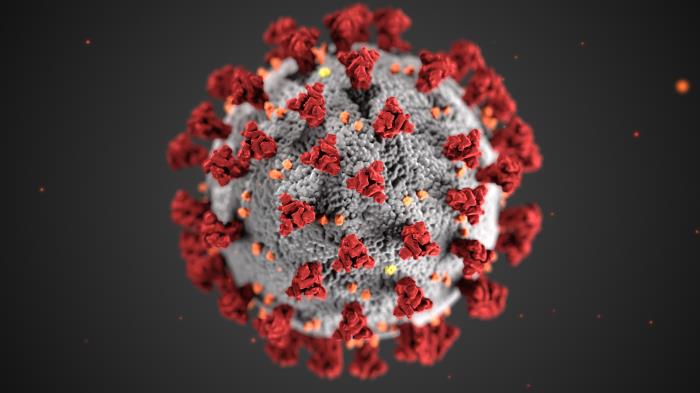UPDATE: Over $1.2 billion pledged to UN humanitarian program in Afghanistan
Geneva/New York, September 13 – The United Nations has received pledges of over $1.2 billion in humanitarian assistance for 11 million Afghans for the four remaining months of this year. The promised funds doubled the amount that the UN had sought to deliver urgent basic needs to Afghans suffering hardship, famine and displacement and it was achieved during a one-day conference held in Geneva with the participation of 100 government representatives and 30 regional and international organizations.
UN News said Martin Griffiths, the UN Emergency Relief Coordinator confirmed that more than $1.2 billion in humanitarian and development aid in total had been promised, incorporating both the appeal made on September 13 and the regional response.
UN Secretary-General Antonio Guterres said the pledges represented “a quantum leap in relation to the financial commitment of the international community towards the Afghan people.”
“We are of course very much concerned in making sure that humanitarian assistance is an entry point for effective engagement with the Taliban in all other aspects of concern of the international community,” he said.
UN News said Guterres confirmed that the UN has received two letters from the Taliban, one dealing with the humanitarian assistance and the second one about security for relief workers.
“One was guaranteeing full humanitarian work of the UN and the respect by the Taliban to that full humanitarian work; and the second, that they are able to provide security and even escorts when there are situations of insecurity that would justify it,” he said. “So not only there is an attitude of acceptance but there is an attitude of support.”
“There is a clear interest of the Taliban also to engage with the international community and I think this is what gives also the international community some leverage.”
The UN said Afghan people have endured decades of conflict and deprivation and their vulnerability has not improved following years of drought, poverty and lack of basic needs and services. It said the country’s economy is grinding to a halt with cash in short supply while deep concern is rising for the rights of women and girls under the new regime.
“Afghans urgently need food, medicine, health services, safe water, sanitation, and protection. UN agencies and non-governmental partners have launched a Flash Appeal seeking US$606 million for the remainder of the year to bring vital relief to 11 million people,” the UN office for the coordination of humanitarian affairs said in a press release announcing the Geneva conference.
It said international and Afghan humanitarian organizations are on the ground and can deliver in the rapidly changing context. They need fast and flexible funding and sustained access into and around Afghanistan.
The flash appeal said fully funding would provide a “lifeline for millions of people in Afghanistan who are facing incredible uncertainty at the same time as the devastating impact of the drought is beginning to take hold, a harsh winter approaches, and the COVID-19 pandemic continues to rage.”
It is expected that 750,000 Afghans would be displaced internally throughout 2021 prompted by conflict, the Taliban takeover of the country, the withdrawal of US and other foreign troops.
In addition, more than 757,000 undocumented migrants have returned from Iran and Pakistan as of beginning of September.
The appeal said Afghanistan is experiencing its second severe drought in four years, which severely threatened food production, livestocks and rural livelihoods. It said 12.2 million people, or 30 per cent of the population, are facing ‘emergency’ or ‘crisis’ levels of food insecurity.
“The 2021 harvest is expected to be below average and the next lean season is expected to be more intense and arrive earlier, leading to further deterioration in the food security situation across the country. Initial estimates indicate that total wheat production will be 25 per cent less than last year. Long-term forecasts indicate that the drought will continue into 2022,” the appeal said.
UN News reported that Martin Griffiths, the UN Emergency Relief Coordinator, said in an interview in Geneva just before the high-level Geneva conference on Afghanistan that he hoped to receive written assurances from the Taliban’s Deputy Prime Minister Mullah Baradar that aid agencies and their partners will be able to operate freely inside Afghanistan.
Griffiths said he had met in Kabul with Afghans displaced by the conflict and turmoil that the flash appeal was designed to help them because most of the displaced wanted to return home and they would need money to pay for transportation and repair their damaged houses.
“Money well spent, you would imagine, if we want to stabilize the region and if we want to enable people to stay in Afghanistan instead of fleeing to neighboring countries and beyond,” Griffiths said. He said also he held talks with Taliban authorities.
“What they said to me was that, ‘We promise that the rights of women and girls will be respected’ – subject, they added, ‘to the religion and culture of Afghanistan.’ Now, this is a work in progress, and we’ve been here before. And so, we need to have a lot more discussion in the days to come, in the weeks to come about what that really means. And that’s very important for the people of Afghanistan, but it’s also important for the international community.”
Griffiths, a veteran humanitarian who last negotiated with the Taliban in 1998 when they came to power, insisted on the need to have “a lot more discussion in the days to come, in the weeks to come” with them about how to ensure continued international engagement, amid concerns over the loss of women’s rights.
“This is what the Taliban themselves told me…they have come to power sooner than they thought, they are unprepared for this,” he said.
“Mullah Baradar, who is one of the top leaders of the movement in this new administration, confirmed support for all of those elements,” Griffiths said. “This is essentially a description of the humanitarian space within which agencies operate. He is now turning, at my request, those oral commitments into written assurances. And we hope to have that letter from him with us on Monday (September 13) here in Geneva.”
United Nations correspondent journalists – United Nations correspondent journalists – United Nations correspondent journalists
United Nations journalism articles – United Nations journalism articles – United Nations journalism articles
UPDATE: Over $1.2 billion pledged to UN humanitarian program in Afghanistan Read More »










